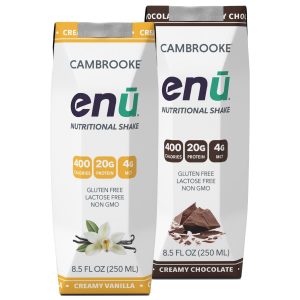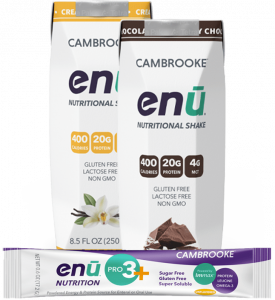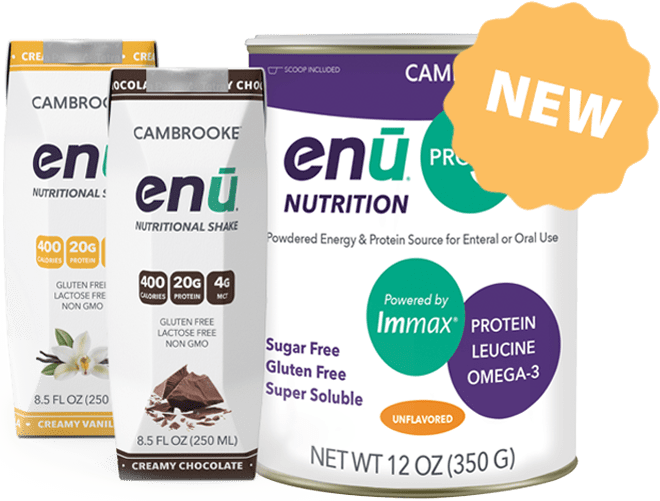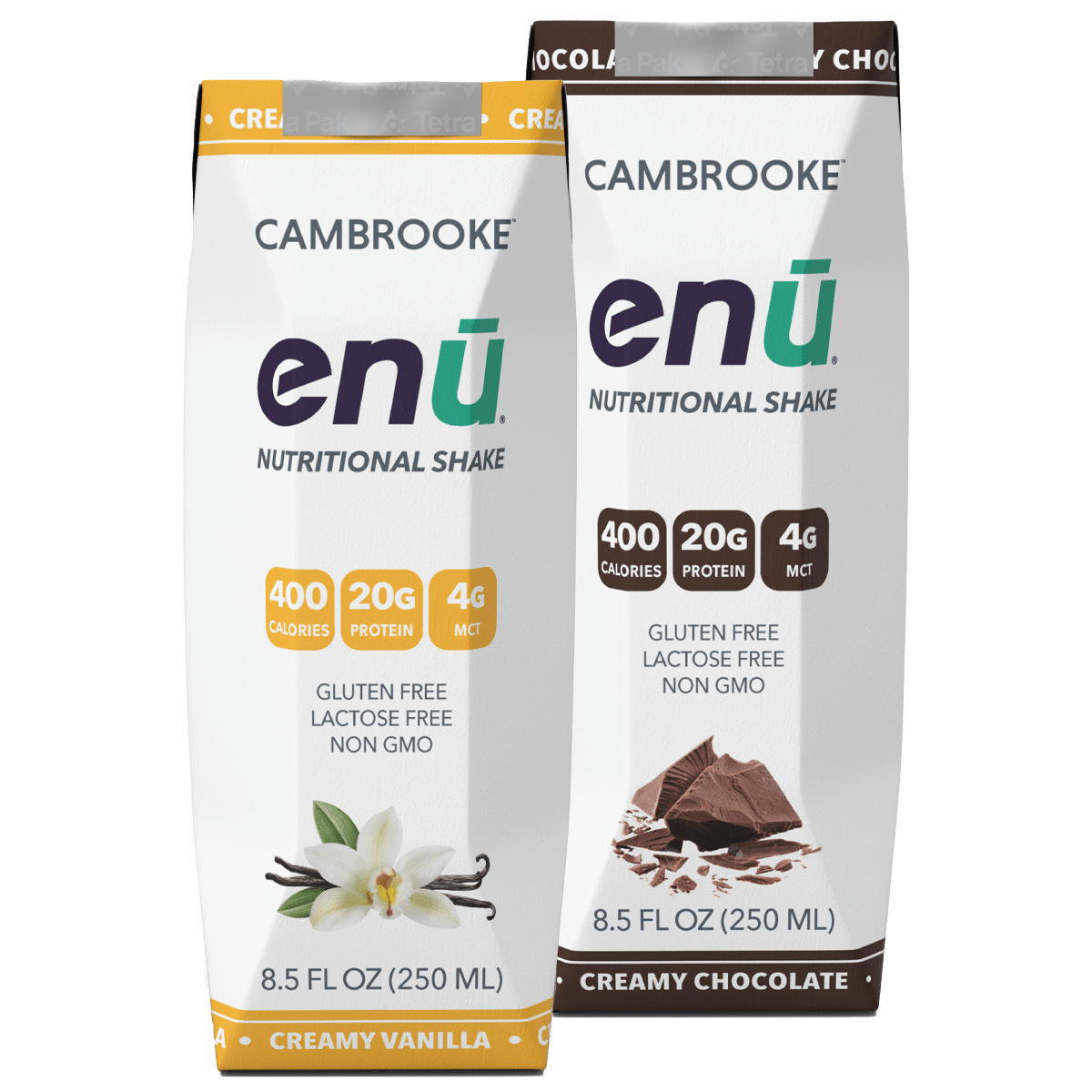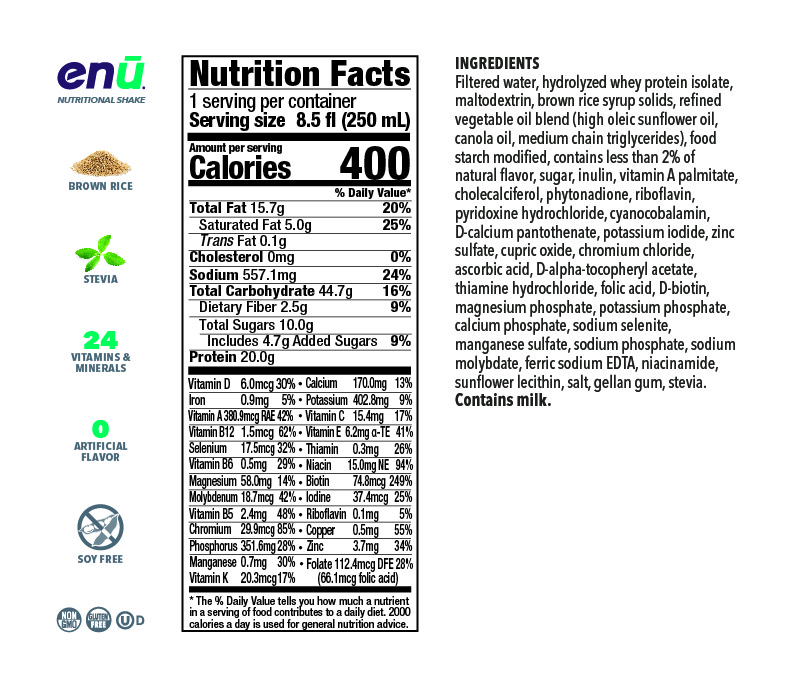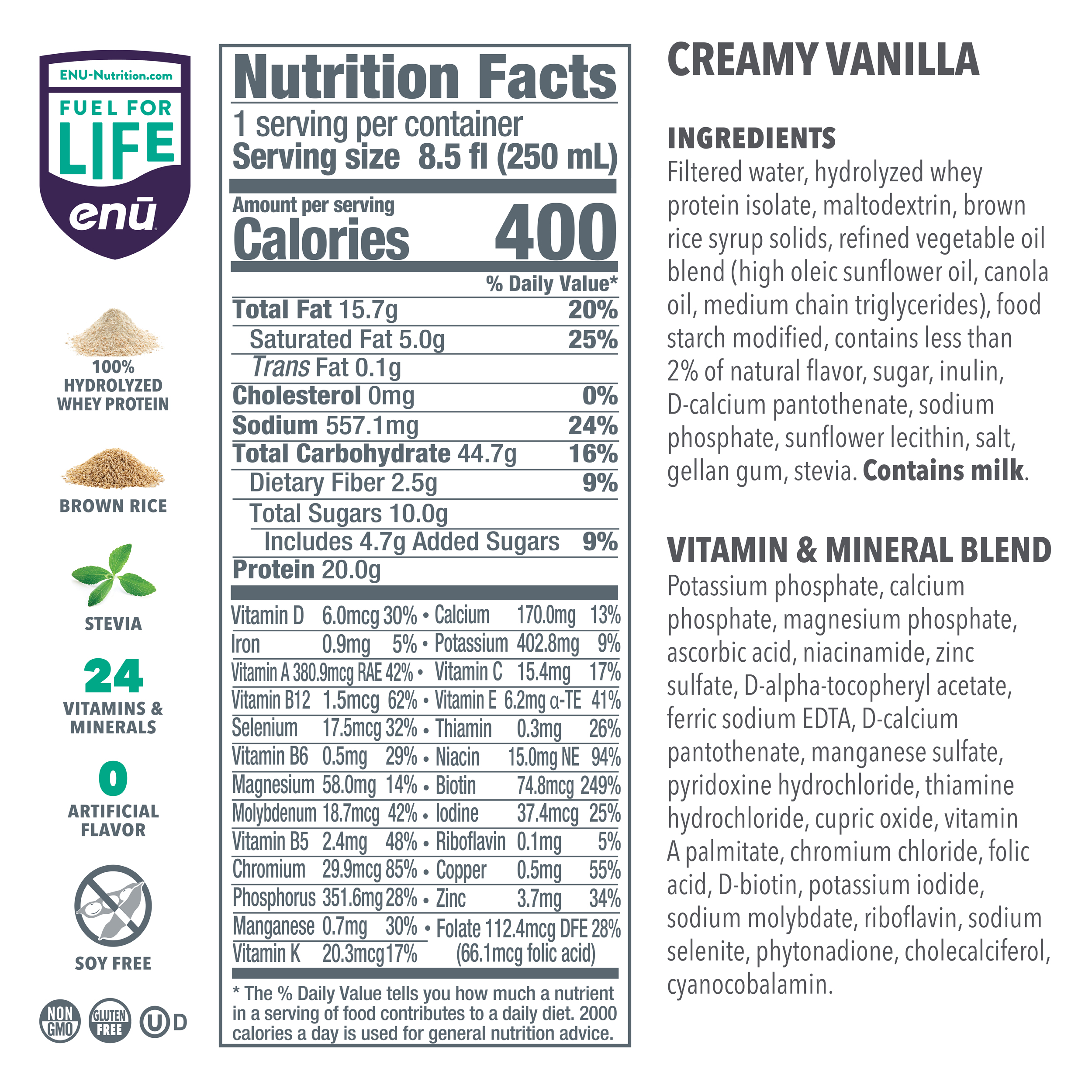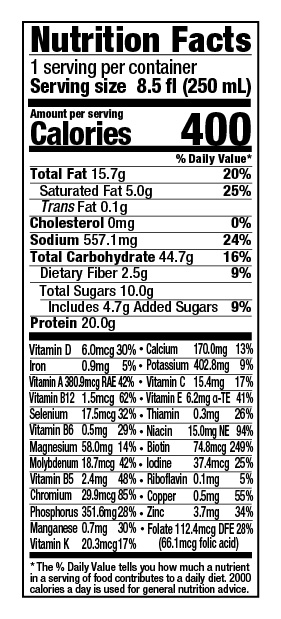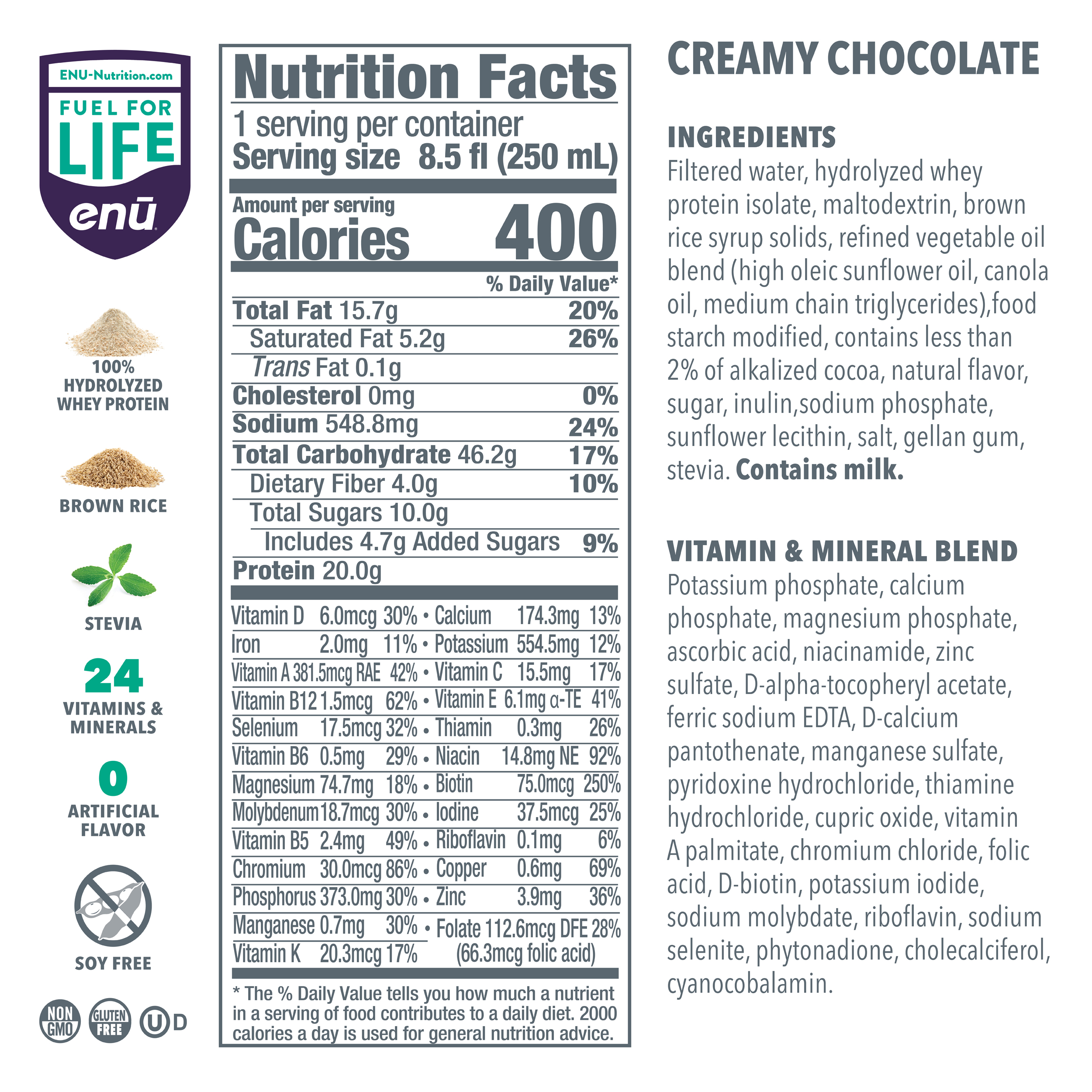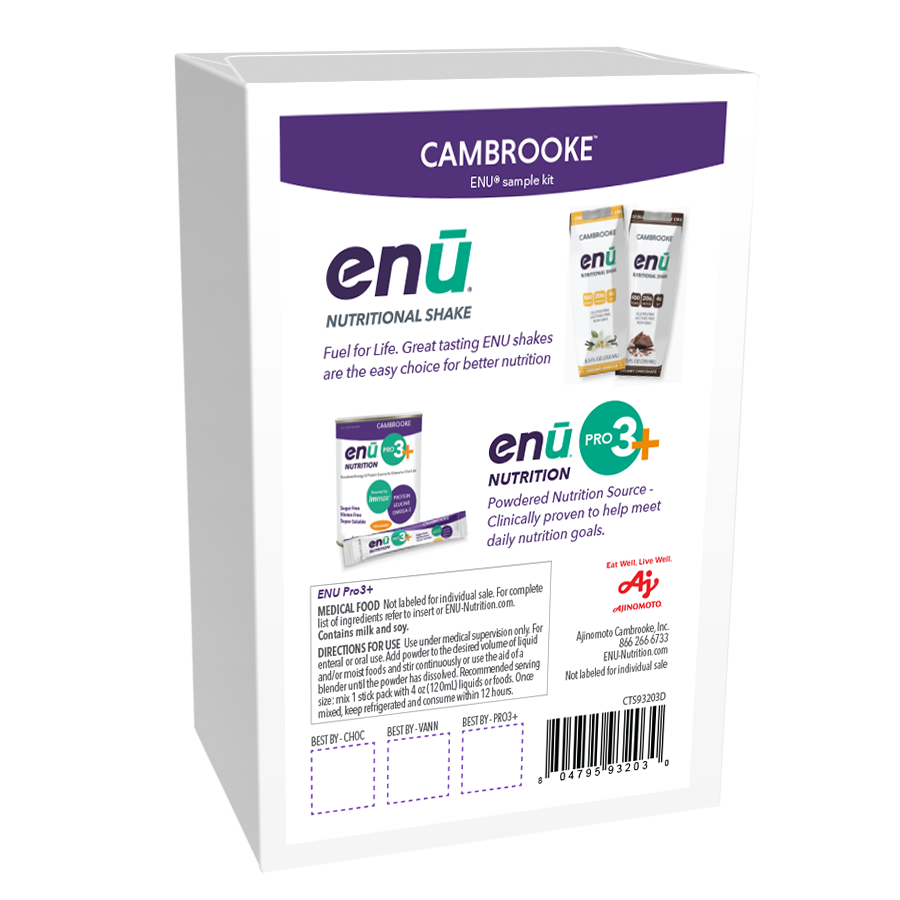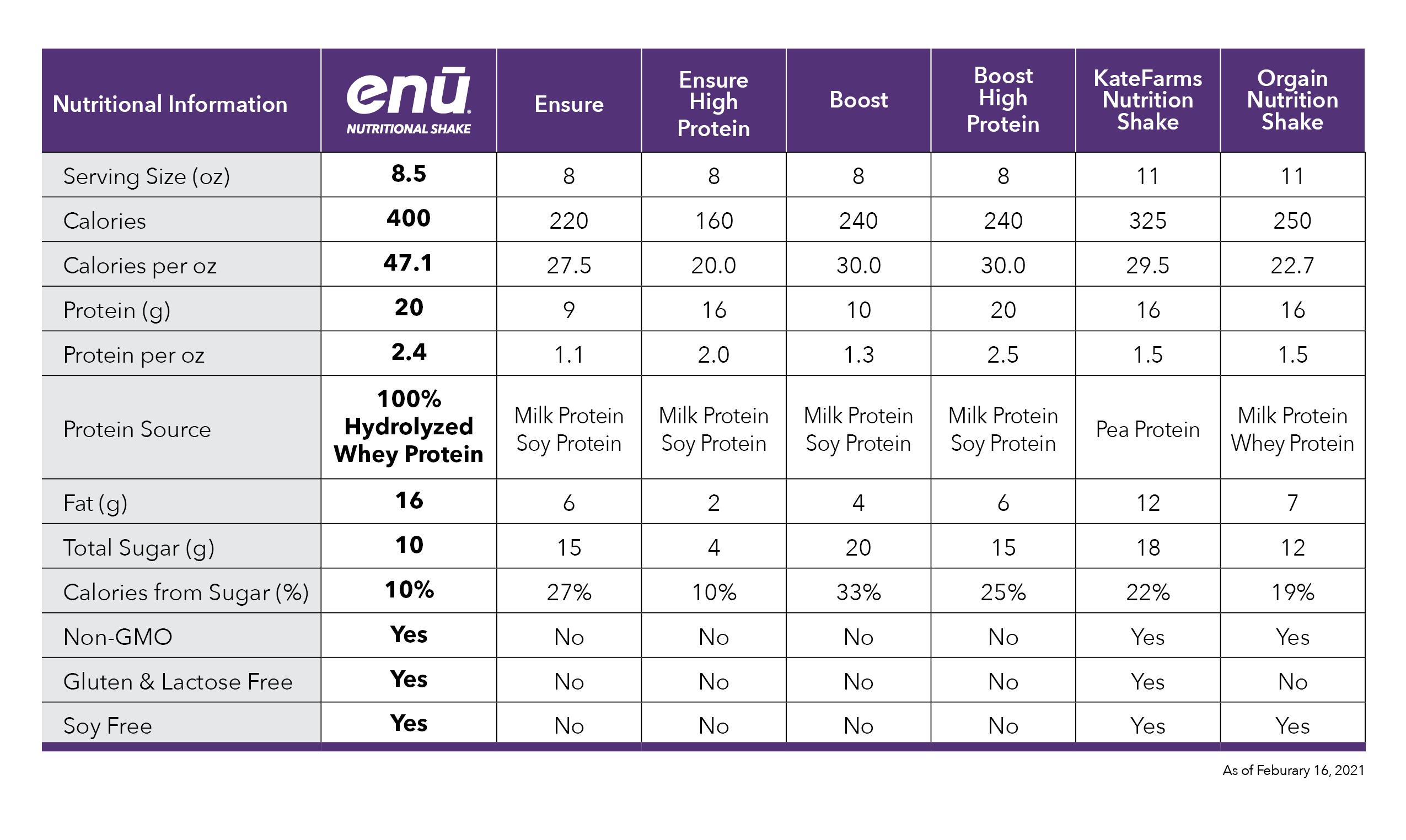
Get a FREE
ENU Intro Pack*
*Just Pay $2.00 Shipping
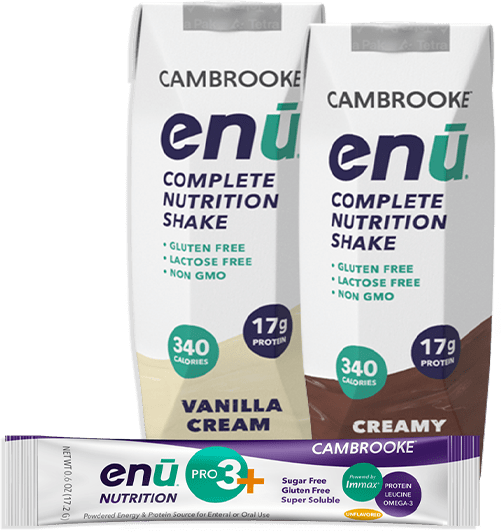
What Is the Difference Between Sarcopenia and Atrophy?
Sooner or later, we all reach a certain age where our bodies start behaving in new and strange – and often unpleasant – ways. From changes in appetite to shifts in hormone levels to a loss of strength and mobility, the biological changes people experience as they get older leave many seniors struggling to adapt. One of the most insidious problems is the loss of muscle tissue, sometimes called sarcopenia, which can leave seniors vulnerable to falls and diminish their sense of independence. Because it happens to all of us as we age, older adults tend to resign themselves to the reality of diminished strength and muscle mass, but that result is far from inevitable. To fight it, however, it helps to understand the problem, so let’s first ask the question: What is the difference between sarcopenia and atrophy? To find out, keep reading as the makers of protein shakes for seniors over at ENU share their insight on the matter.
Sarcopenia vs. Muscle Atrophy
If you or someone you know has been experiencing a loss of muscle mass, there are a number of possible causes, from simple inactivity to the onset of a serious ailment. That said, one of the most common reasons people find themselves losing muscle is a condition called sarcopenia, which refers to the natural, age-related loss of strength and muscle tissue. If you’ve heard of this phenomenon, you may also be familiar with the term “atrophy,” which refers to a similar issue. So, what’s the difference between sarcopenia and muscle atrophy?
In many cases, there is no difference. Muscle atrophy refers to the loss of muscle mass over time, period. If you have sarcopenia, it means you’re experiencing muscle atrophy, but it’s kind of an is-a-rectangle-a-square situation; all cases of sarcopenia come with muscle atrophy, but not all muscle atrophy is the result of sarcopenia.
Instead, many people experience muscle atrophy as a result of conditions like cachexia, the loss of all kinds of body tissue brought on by a major illness (such as cancer), while others lose muscle mass because of long periods of inactivity. Although strategies like improving nutrition for cancer patients attempt to fix these problems, some types of muscle atrophy are very difficult to treat. Luckily, sarcopenia has some simple and accessible solutions that almost anyone, from middle-aged adults to seniors, can take advantage of.
Tips for Stopping Muscle Atrophy Caused by Sarcopenia
Even though losing muscle mass with age is a natural phenomenon, it doesn’t have to be a foregone conclusion. The muscle atrophy people experience with sarcopenia can be combatted in much the same way that people at every age bulk up and build muscle: making the appropriate lifestyle choices, such as improving your diet or implementing an exercise routine. Below, we’ll look at some of the top tips for how to stop, or even reverse, muscle atrophy brought on by sarcopenia.
Resistance Training
Many older adults enjoy walking, dancing, and other forms of exercise that can certainly help keep some of your muscle mass intact. However, those looking to regain lost muscle or who experience a high rate of muscle atrophy will probably find resistance training most beneficial. Whether you’re using dumbbells or just your own body weight, exercising with resistance encourages faster muscle growth, and – when combined with proper nutrition – can produce excellent results in people of any age group.
If you’re older and have lost significant muscle mass, it may be a good idea to seek out a personal trainer when coming up with a routine, as they can help ensure that your efforts are both safe and effective. Also, before starting with your new routine, be sure to talk to your doctor.
Adding Protein
As effective as resistance training can be, it’s bound to fall short if you don’t also get plenty of protein every day. Protein is the nutrient that your body uses to make new muscle tissue; without adequate amounts in your diet, you won’t be able to build back the muscle you lost, and since protein also helps to preserve muscle, a lack of this nutrient in your diet can actually hasten the effects of muscle atrophy.
For adults in general, the recommended daily allowance of protein is about a third of a gram per pound of body weight, but this number doesn’t account for the needs of those with sarcopenia and similar ailments. If you’re experiencing muscle atrophy, you’ll likely need about half a gram of protein per pound of body weight; for someone who weighs 150 pounds, that means 75 grams per day, which can be a tall order.
Try an ENU Nutrition Shake to Help Fight Sarcopenia and Muscle Atrophy
To help seniors and others with muscle atrophy meet their protein goals, ENU nutrition shakes include 20 grams of protein from whey and soy protein isolates, two of the easiest types of protein for the body to absorb. If adding a new drink to your diet sounds like too much, we also offer a protein-rich nutritional powder, which contains helpful amounts of leucine – an amino acid that helps with muscle building – and calories to help you fight the effects of sarcopenia. To learn more about the benefits of ENU meal replacement shakes and powders, visit us online or call (855) 266-6733 today to speak with a representative.
